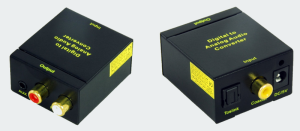I was close to bite my keyboard when I found the reason why I was not able to type characters like \, @, .. on my AZERTY keyboard on Windows 7 (Belgium/french) : it was due to the Remote Desktop window.
Click to Read More
When there is an application opened on your desktop that handles keys pressed to forward these events, you can sometimes not type some extended characters anymore (I.e.: characters that require special key combinations). It happened to me for characters to be typed with Alt-Gr.
This happens with applications like Remote Desktop (RDP)/Terminal Services and Virtual Box (VirtualPC/VMWare/Hyper-V/…)… Those applications handles indeed the key combination to possibly forward them to the Virtual Box/Remote PC.
For some users, it happens when the application is in full screen or minimized. In my case, RDP was windowed (i.e. neither maximized nor minimized)…
As soon as I closed RDP, the key Alt-Gr came back.
An alternative could have been to use CTRL-ALT instead as this is another shortcut for Alt-Gr !
![]()
